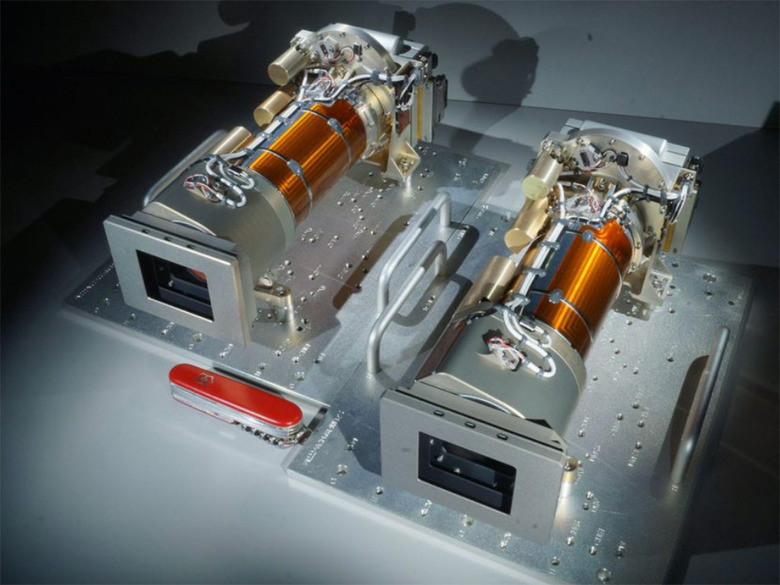NASA Guided Tour Of Mars Will Tap Perseverance's Most Flexible Camera
NASA is preparing a must-see video tour of Mars today, tapping Perseverance's high-tech Mastcam-Z robotic eyes to give a new glimpse of the red planet. It's an opportunity not only to see Mars in full 360-degrees, but also to get a guided view of what the freshly-landed rover can see and why scientists are eager to explore it.
Perseverance touched down on Mars on Thursday, February 18, and since then the rover's systems have been gradually coming online. Some of the earliest instrumentation to be powered up are the cameras: Perseverance has 23 of those in total, though most are slightly different and address different needs.
Mastcam-Z is in fact two cameras, not one. Mounted to the "head" of the rover, so that it can be moved around, the camera system has uses two 2-megapixel sensors that are positioned 9.5 inches apart. That way, it can capture 3D images of the Martian surface.

Just as important, though, is the "Z" suffix: that's a reference to the zoom built into the two cameras. Curiosity, the previous Mars rover, didn't have a zoom on any of its optics, but with its zoom Perseverance will be able to see long distances without having to first trundle over. In fact, NASA says, it can "see features as small as a house fly – all the way from a distance that's about the length of a soccer field."
Because of the way it's mounted, Mastcam-Z can rotate a full 360-degrees for panoramas around the rover. It can also look a full 180-degrees up and down. It's these talents which NASA will be taking full advantage of at its video walkthrough and guided tour, which starts at 4pm EST (1pm PST) on Thursday, February 25.
NASA has already shared a high-definition panorama of the Jezero Crater where Perseverance landed. However without the background knowledge that the team at the Jet Propulsion Lab and elsewhere has, it's hard to know exactly what the rover is looking at – and why it might be important. That's something NASA aims to help answer today, even before Perseverance has moved an inch forward or backward.
Before that can happen, the wheel system needs to be checked: in effect, the wheels "wiggle" left and right to make sure they're operating as intended. Perseverance's exploration will be a relatively slow one, as the rover not only digs down through the Martian soil and regolith to examine it with its bank of onboard instruments, but also packages some up into specially-designed sample tubes.
Those tubes will be the focus of later missions, collaborations between NASA and the European Space Agency (ESA), to collect them from the surface of Mars and then eventually bring them back to Earth for more comprehensive testing. Tests of tools like Mastcam-Z – and the upcoming flight of the Ingenuity Mars helicopter, which Perseverance carried down mounted to its belly – will help the team at NASA figure out where they want to explore first.
